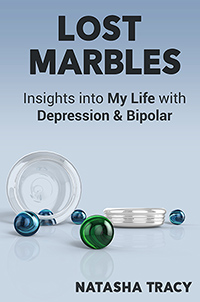My Psychiatrist’s Reaction to EMPowerplus/Truehope Treatment
I was really nervous to have to tell my doctor that I had decided to take the Truehope product EMPowerplus. I was pretty sure he was going to either laugh or chastise me out of his office. My anxiety about it was so bad that I didn’t want to mention it at all. Of course, that would have been a poor decision. Allowing anxiety to override your logic is never the right call.
So I told him and surprisingly, he was nonplussed. He just sort of said, “Alright then.”
Read More












Recent Comments